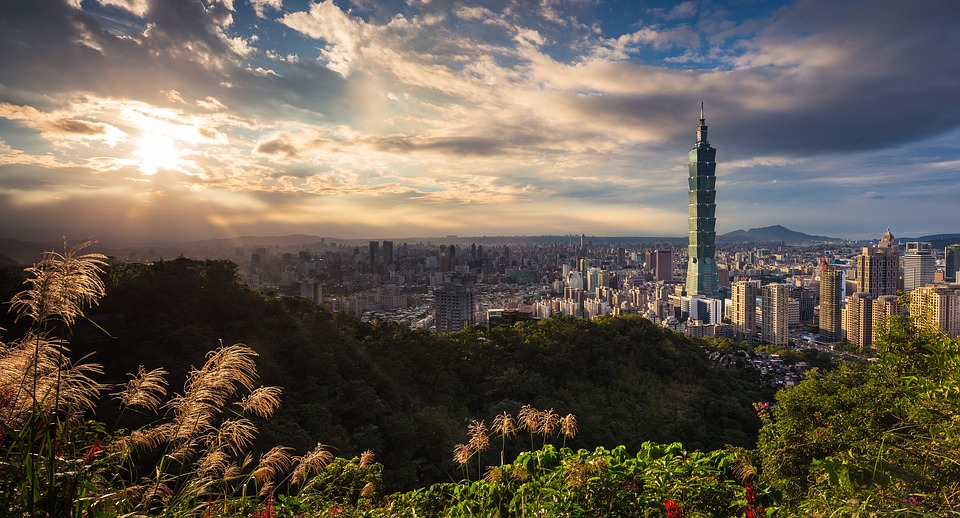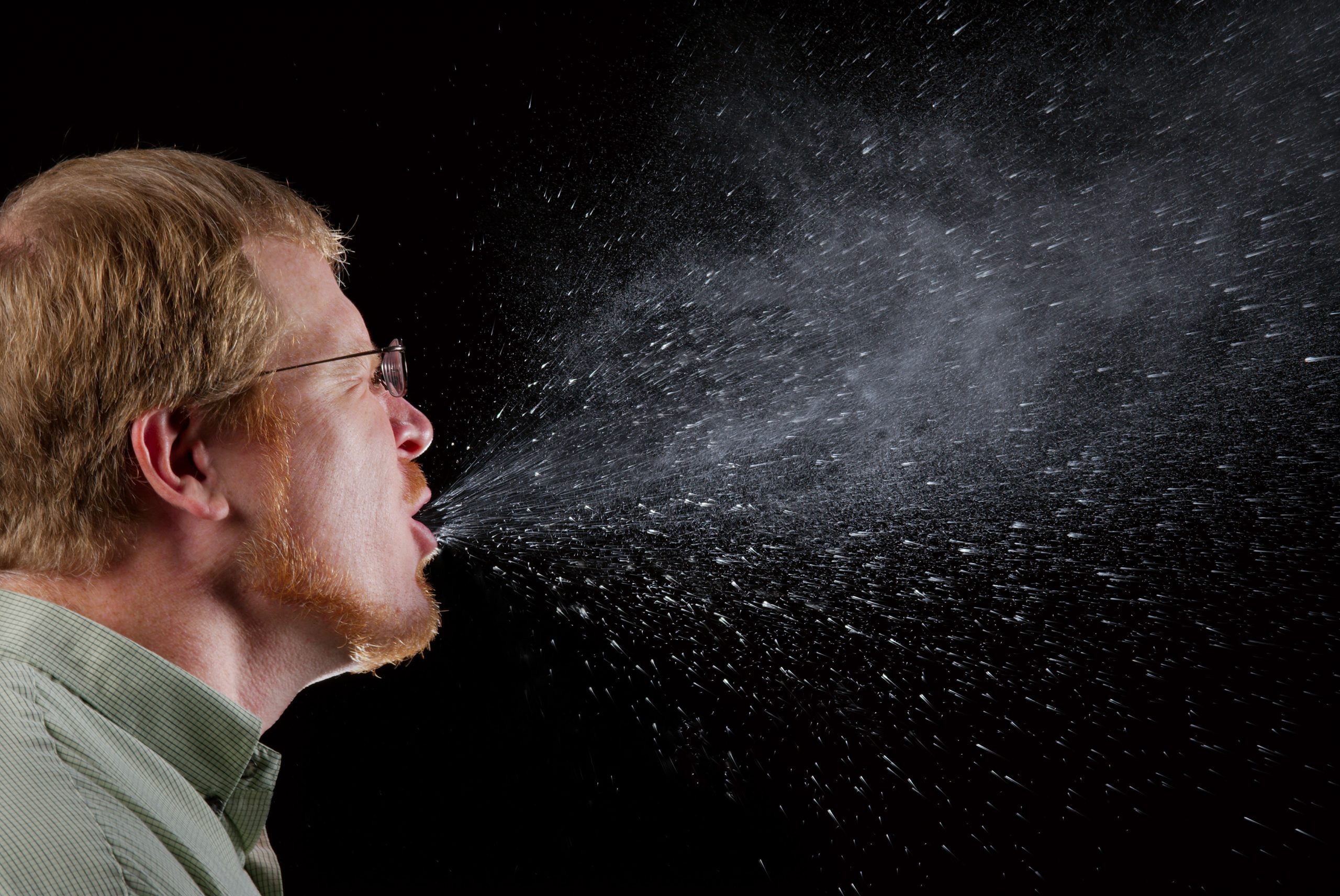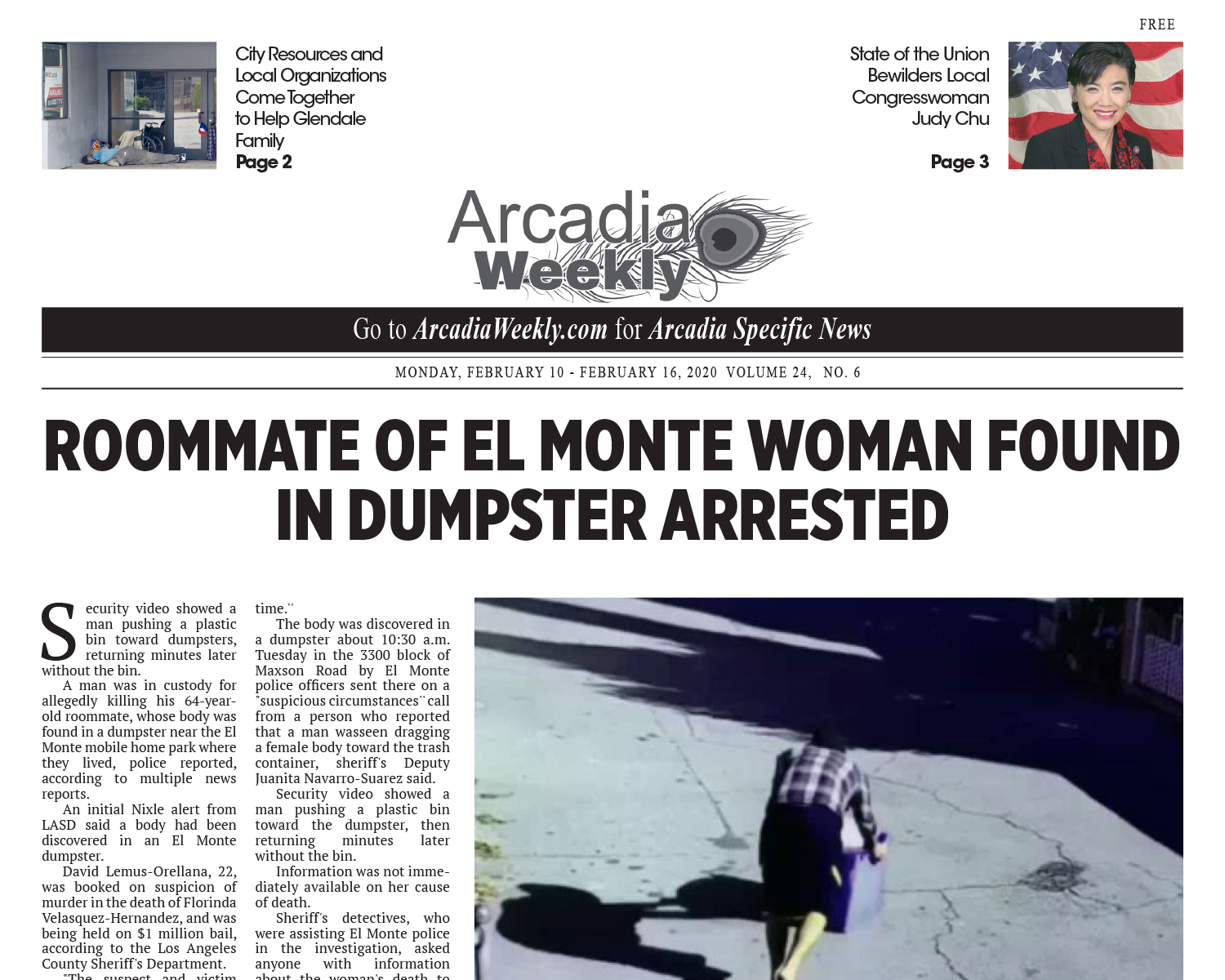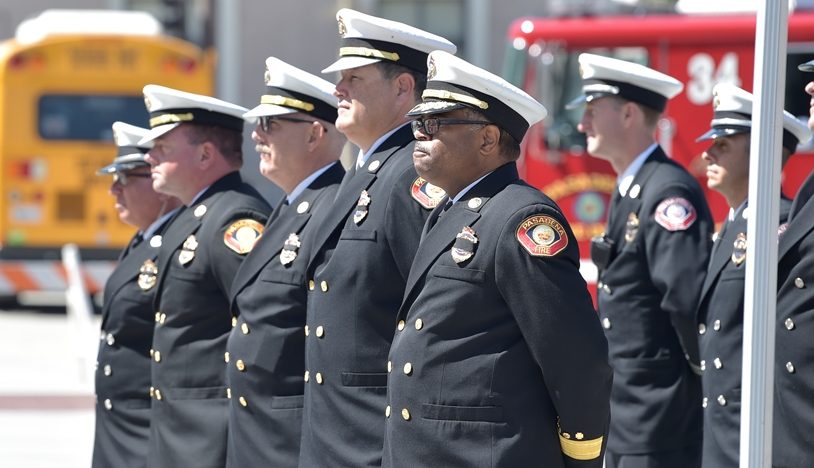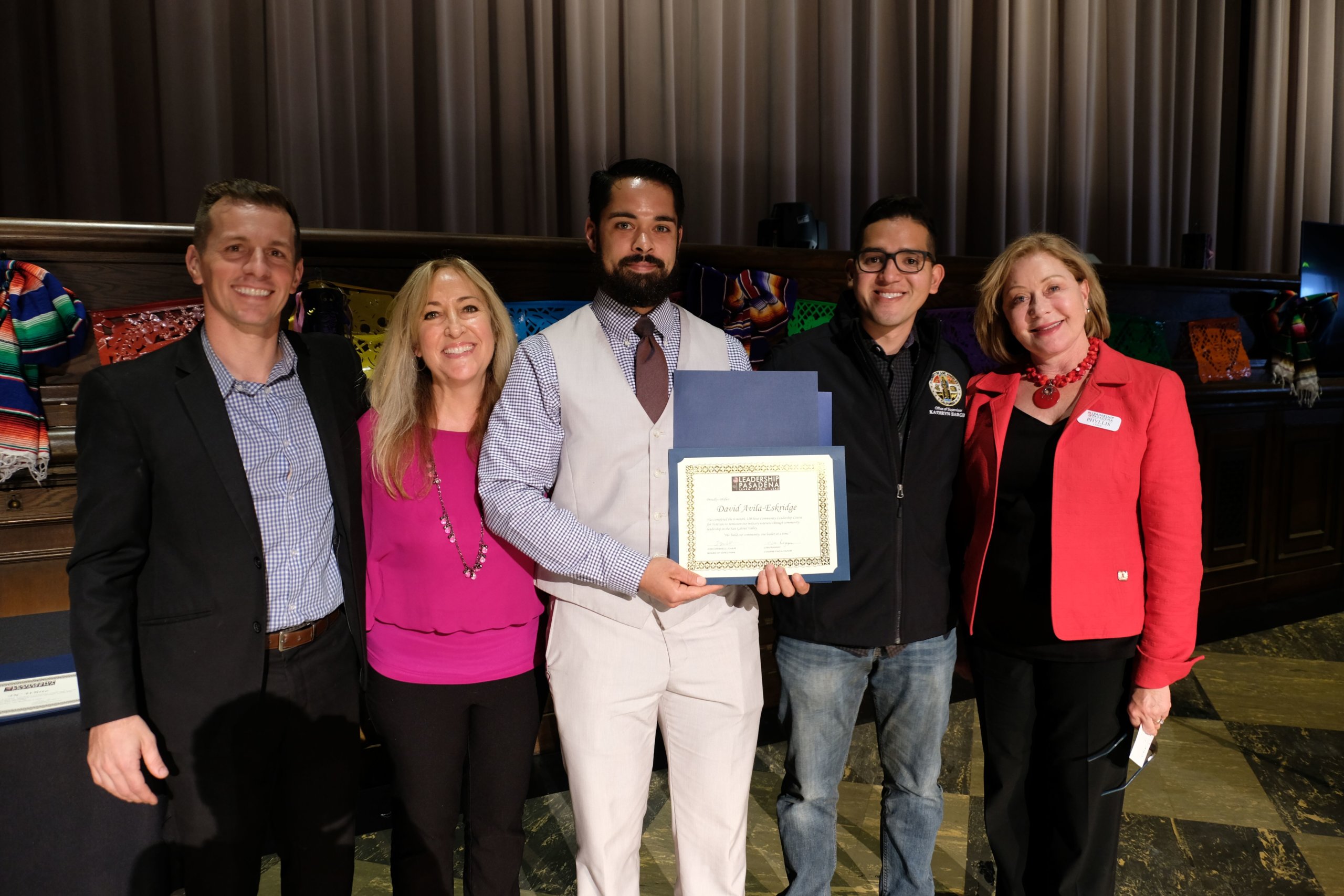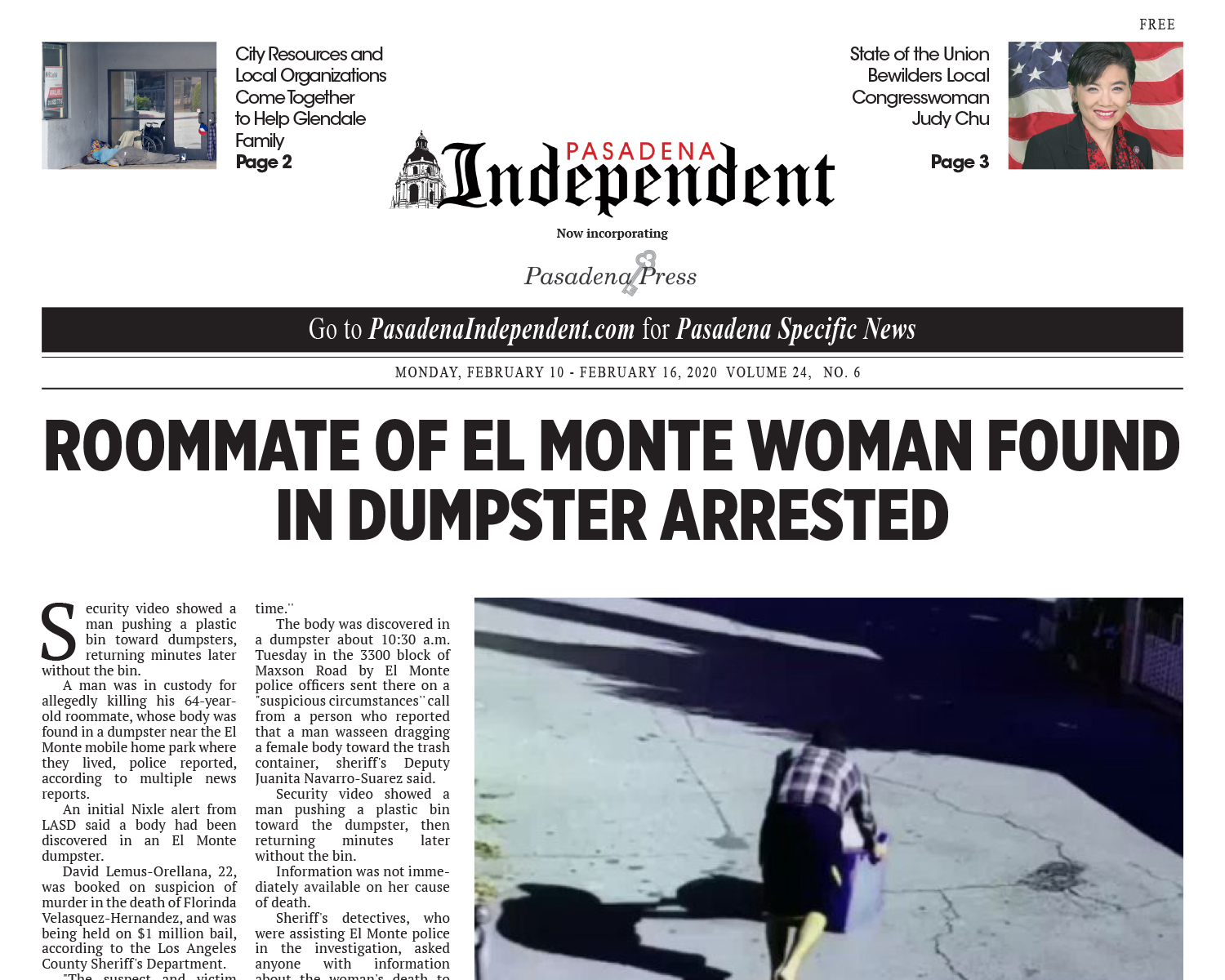When I first learned that I would visit Taiwan, I didn’t quite know what to expect. Prior to my week-long trip, all I’d seen of the country were photos of Taipei 101 lit up for New Year celebrations. By the end of the week, I walked away thoroughly enamored by all I experienced, saw, ate and learned.
Arriving at Taiwan Taoyuan International Airport, I was hesitant and a bit confused navigating the airport and customs but I followed the crowd and eventually figured it out; keep in mind that this comes from someone with almost no international travel experience who was unable to sleep on a 14-hour flight so my brain was barely keeping me upright.
However, as soon as I boarded the car that would take me and my companions to our hotel in Taipei, Taiwan’s capital, I found my second wind. Looking out the vehicle’s windows at verdant mountains resembling jungles I’d only ever seen in Natural Geographic documentaries, shimmering golden temples and rushing rivers, I quickly understood why 16th century Portuguese sailors dubbed the island “ilha formosa” (beautiful island).
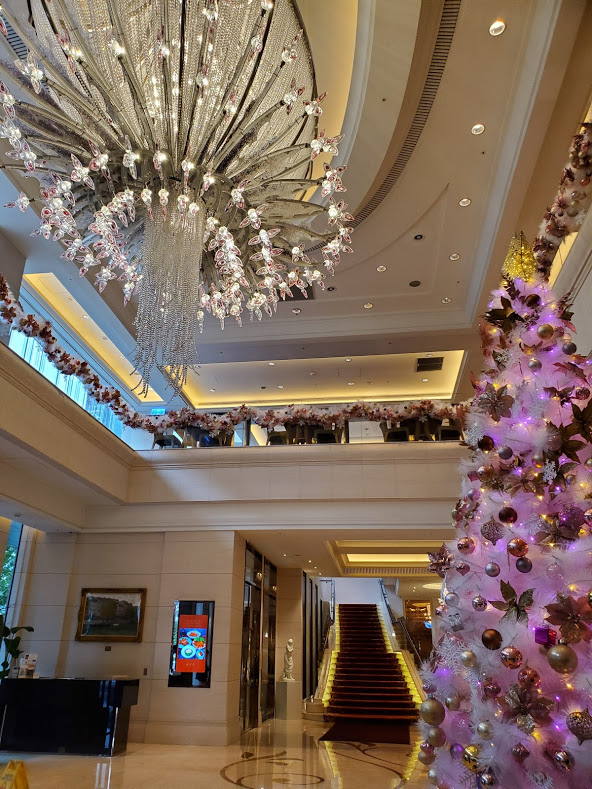
The closer we got to Taipei the more we began to see proof of Taiwan’s strengthening economy as skyscrapers, luxury shops and car dealerships emerged before our eyes. Alongside them, we also began to see 7-Elevens, every few blocks it seemed. The well-known convenience stores exceed the services offered by their U.S. counterparts — you can pay your bills and sit down with a bowl of noodles at the indoor café after — and are as ubiquitous as Starbucks cafés. One of my travel companions let me know that the 7-Eleven across the street from our hotel carried a decent steamed barbecue pork bun but I unfortunately never had the opportunity to eat one.
During our trip we stayed at the Okura Prestige Taipei. Named one of Travelers’ Choice 2019 and awarded a Certificate of Excellence by TripAdvisor, the rooms offer a flat screen TV, a refrigerator, free Wi-Fi, room service, laundry service and many other accommodations. My room included a desk, sitting area with two couches, Nespresso machine, shower, tub with built-in TV, and a separate restroom with bidet. The hotel has a rooftop terrace, pool, gym, an on-site restaurant, and an on-site bakery serving the best pineapple cake I’ve ever had (I’m not being hyperbolic; I still regret not ordering a box to bring home). The hotel’s breakfast buffet goes far beyond your du jour continental breakfast and you can’t go wrong with any choice, whether you opt for waffles or dumplings. The hotel became a home away from home and I still find myself wishing my current lodgings resembled that hotel room. If you’re planning a trip to Taipei I would recommend staying at the Okura.
As much as I enjoyed my stay in Taiwan, I do have one complaint: I didn’t have more time there! Therefore, the following list of places to see and things to do while in Taiwan is woefully incomplete — a fact I hope to amend one day — and only begins to scratch the surface of all the country has to offer.
1. Sun Moon Lake
Allow this avid lover of nature to begin with her favorite stop: Sun Moon Lake.
With a surface area of approximately 3.06 square miles, Sun Moon Lake is Taiwan’s largest natural lake. It derives its name from the fact that Lalu Island in the middle of the lake separates it into a crescent moon-shaped part and another part shaped like a round sun.
The lake is also home to the Thao and Bunun tribes and visitors have various opportunities to learn about these rich indigenous cultures.
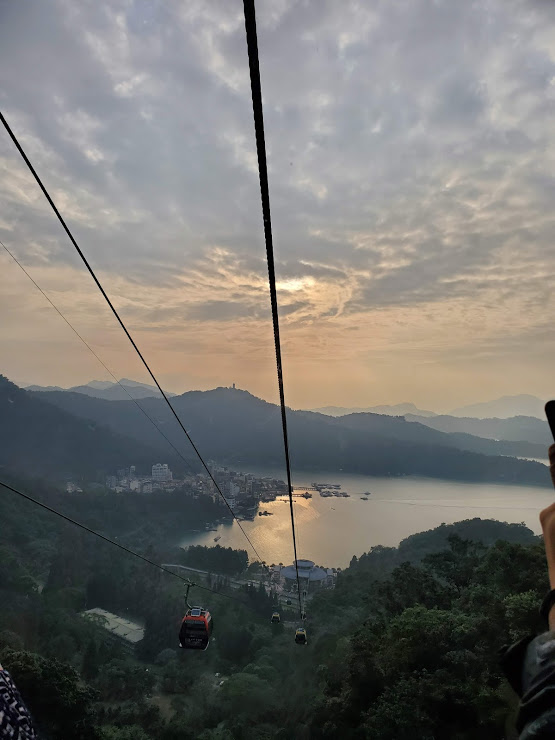
We stopped at the Formosan Aboriginal Culture Village which combines an amusement park with cultural and educational functions. Aside from enjoying thrilling rides, you can find the music, dances, attire and traditional construction methods of Taiwan’s indigenous peoples.
From here we boarded the Sun Moon Lake Cable which carries visitors on a scenic cable-car ride over the village and a lush pine forest to the lakeshore. As the cable car descends the mountain, the clear green-blue lake comes into view and if your lucky enough to go on a sunny day the water glimmers and lends an ethereal light to the entire place. I could have sat on that lakeshore in silence for hours just taking it all in but alas there were places to go and tea to make.
We stopped at Hugosum Black Tea Garden where we were treated to class on how to make your own customized tea bags. We learned about the different types of leaves, how they are harvested and then got a crash course on how to mix and flavor a variety of teas. At the end of the workshop we got to take our customized box with us and sample some of the teas they are famous for. Their lavender tea was a favorite among all the journalists on the trip and I could drink it by the gallon — fortunately it can be ordered on Amazon.
Visitors can also take tours of the lake via boat or bicycle. We stayed at Sun Moon Lake Hotel overnight which has an exclusive link to the bike trails. Guests staying at the hotel can rent bicycles from the hotel, free of charge for one hour, to tour around the lake. If book a stay here I must suggest getting a room with a terrace as the views are simply divine!
2. Taipei 101
Standing at 1,666.67 feet, this postmodernist tower was once the tallest building in the world (that honor belongs to Dubai’s Burj Khalifa, for now). Taipei 101 houses a shopping mall on the first seven floors featuring luxury boutiques like Burberry, Dior and Prada. Within the mall you will also find i-Ride Taipei, an immersive virtual flight across the most beautiful vistas in Taiwan. If you’ve ever been on Soarin’ Around the World (formerly Soarin’ Over California) at Disney’s California Adventure then you know what I’m talking about as it’s practically identical except for the images displayed on the screen.
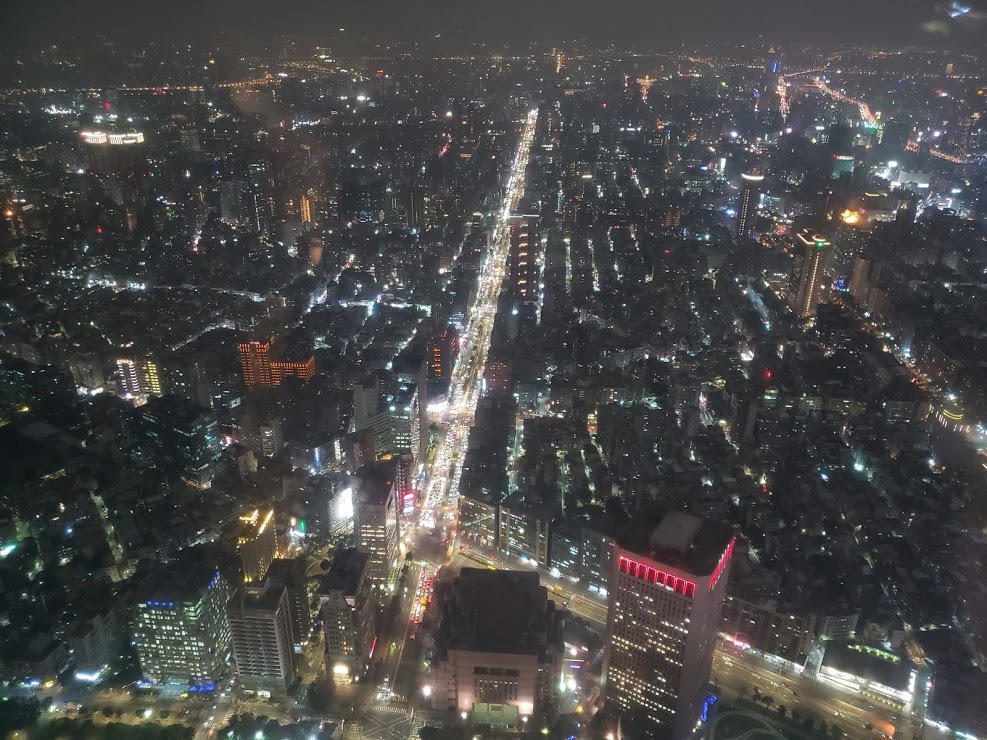
However, the real gems of Taipei 101 are the observatory floors. Boarding the high-speed elevator with a rising speed of 1,010 meters per minute, you will ascend from the 5th to the 89th floor in only 37 seconds. The elevator has a device to keep air pressure constant within the elevator cart, like in an airplane cockpit, to alleviate pressure. I still felt my ears pop twice but it is a smooth ride and I experienced no dizzy spells as I normally do when using elevators.
Once you reach the indoor observatory on the 89th floor you can look out at the skyline over Taipei. A special mirroring principle on the floor creates the illusion of an infinite horizon. Take the stairs to the 91st floor to visit the outdoor observatory on the top of the skyscraper which allows visitors to experience panoramic views over the city; be sure you have your camera for this because the photo ops are spectacular.
3. High Speed Rail
Stretching approximately 214 miles along Taiwan’s western coast, from Taipei in the north to Kaohsiung in the south, and traveling at a top speed of approximately 186 mph, the Taiwan High Speed Rail (THSR) makes travel along the western corridor simple and convenient. There are 12 THSR stations: Nangang, Taipei, Banqiao, Taoyuan, Hsinchu, Miaoli, Taichung, Changhua, Yunlin, Chiayi, Tainan and Zhuoying. Passengers can purchase tickets in advance or the day of at the ticket counter, vending machine or online. You can purchase from three different tiers of tickets.
The trains themselves are comfortable: providing amble seating and leg room, plenty of overhead space for luggage, clean amenities, and you can purchase lunches aboard the train as well. To be honest, I didn’t expect much of the lunches served aboard but they were surprisingly tasty and a good portion size.
If you are staying in Taipei you can easily book a trip on THSR to Taichung where you can then board a bus that will take you to Sun Moon Lake. It’s safe, easy, quick and relatively inexpensive.
Now, when will California finally get that often talked about high speed rail?
4. Grand Hotel
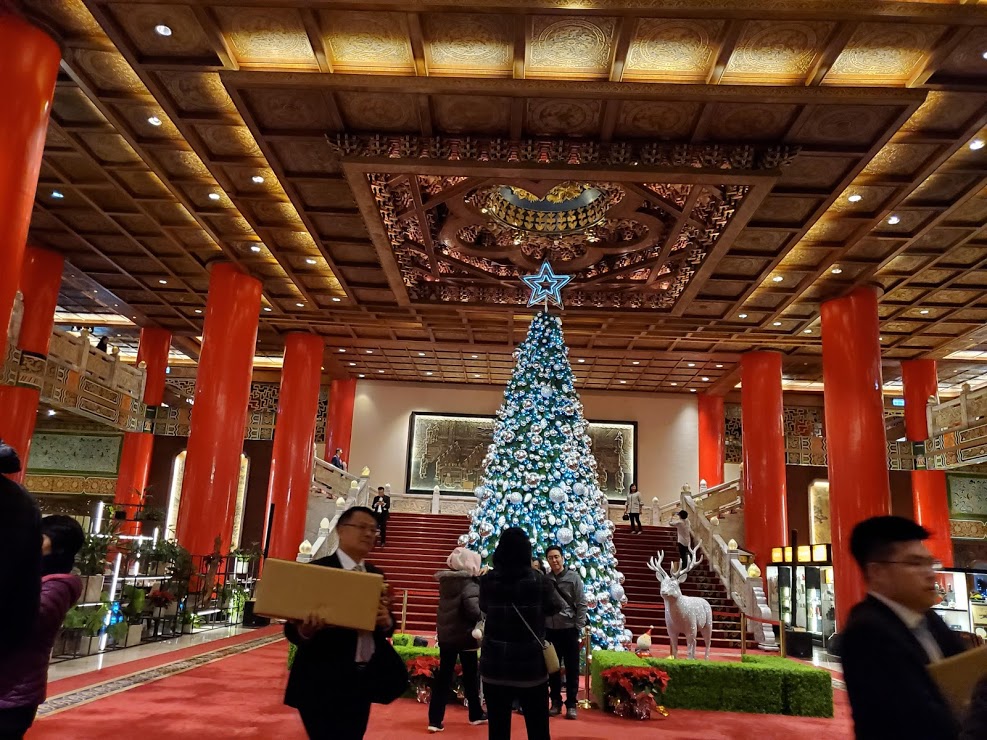
Walking into the Grand Hotel feels like walking into palace. With it’s towering red columns, golden embossed roof and central staircase, it’s no wonder why the likes of Elizabeth Taylor and various U.S. presidents chose it as their temporary residence while visiting Taiwan. Standing 14-stories, the hotel faces Keelung River and sits atop a summit looking down at its surroundings like a tall, proud paragon of Chinese architecture.
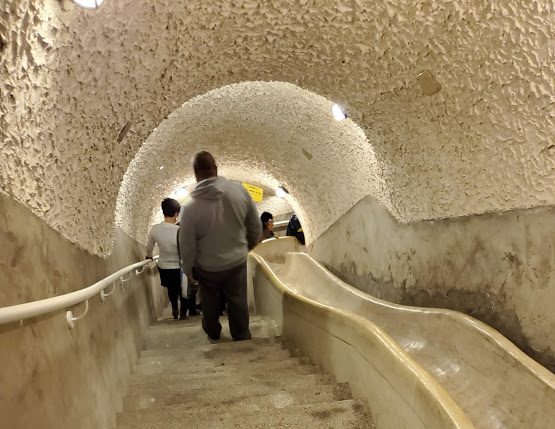
I can’t speak for its accommodations as we didn’t stay there but we were generously granted a guided tour and learned of its storied history and the famous guests that have roamed its halls. A highlight of the tour was descending the not-so-secret tunnel once used to evacuate politicians and dignitaries out of the hotel in case of emergencies and assassination attempts.
I would recommend making a reservation at the Golden Dragon Restaurant. The restaurant serves classic Cantonese dishes and Honk Kong-style dim sum.
5. Presidential Office Building
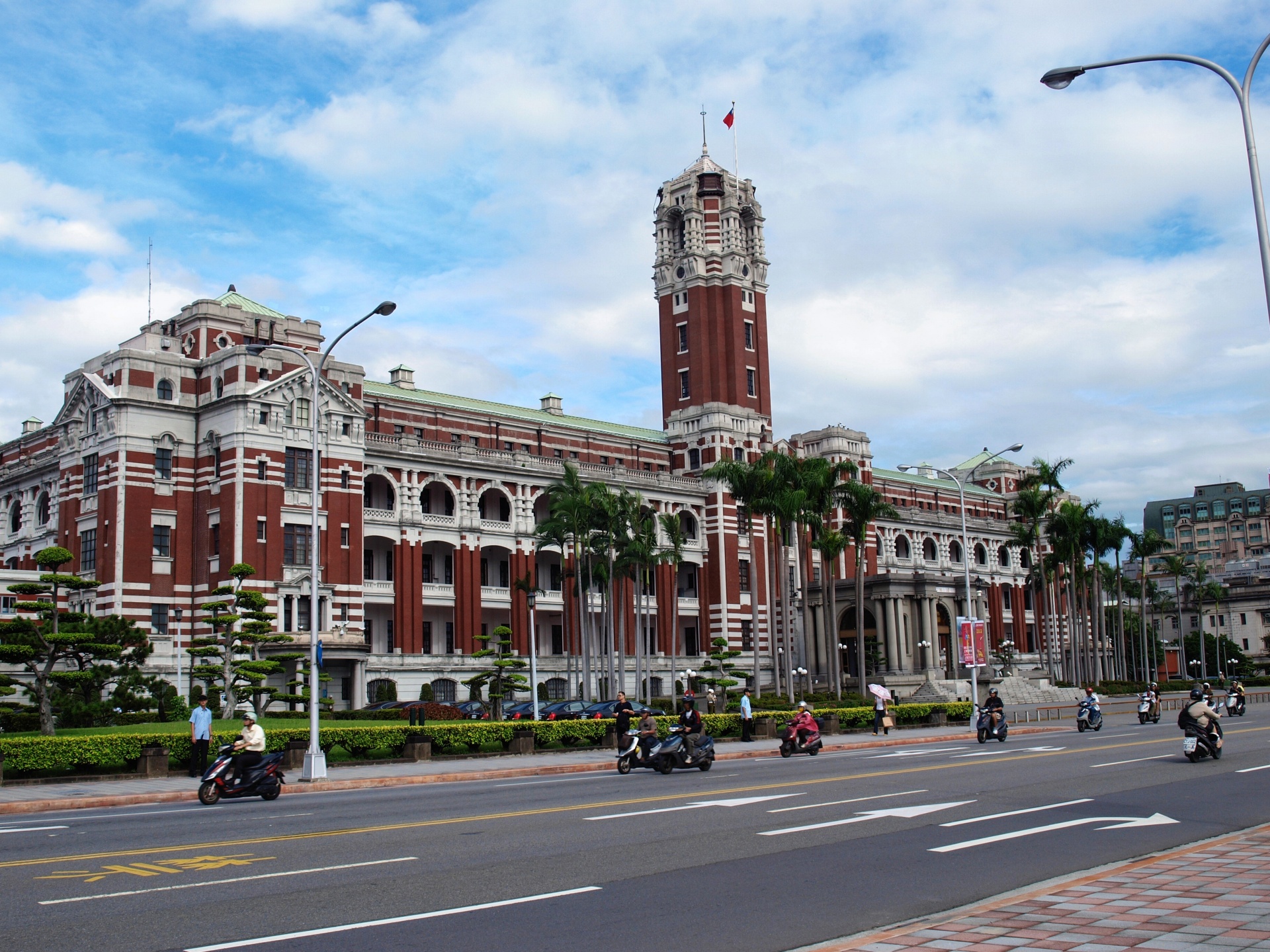
To know a country, you must know its government and a tour of the Presidential Office Building will give you a crash course of the country’s history and current political structure. During the tour you will see the permanent “Power to the People” exhibit which serves as a testament to the value the Taiwanese people place on their young democracy. The theme that emerges throughout the exhibit is the responsibility that government has to be responsive to the demands of the people it serves. The true spirit of democracy is, after all, that power lies with the people.
6. National Palace Museum
Reserve a day to visit the National Palace Museum. You know you’re in for a treat as soon as you see the magnificent ivory exterior with its jade-colored roof. The museum houses the world’s largest collection of priceless Chinese art treasures, which spans China’s nearly 5,000-year history. Most of the museum’s over 600,000 art objects were part of the Chinese imperial collection.The four levels plus exhibition area house: curios, furniture, tapestries, rare books and documents, sculptures, calligraphy, ceramics, antiquities, bronzes, special exhibits and the uber-popular jade exhibit.
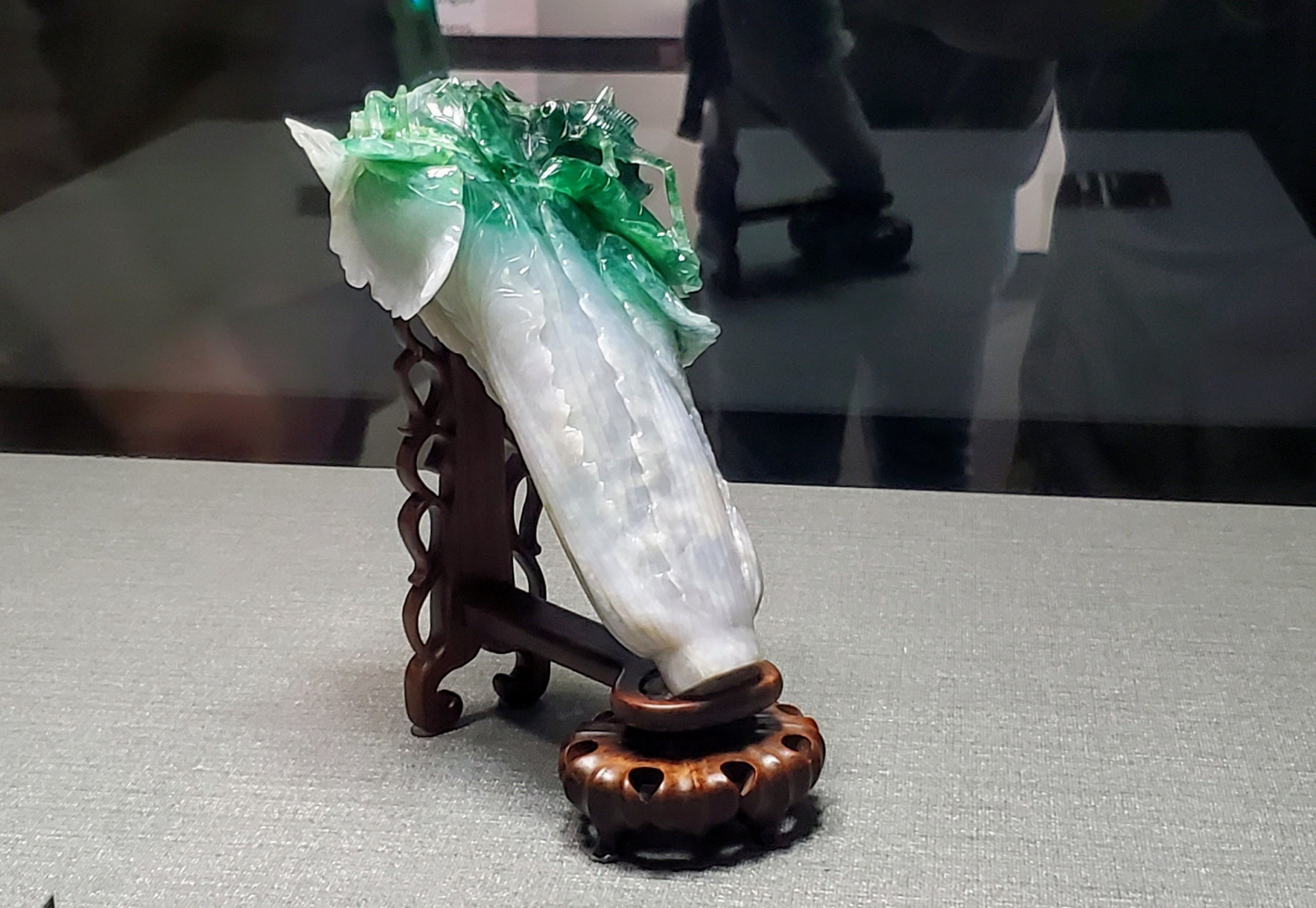
The museum’s most popular attraction — Taiwan’s Mona Lisa, as our tour guide put it — is the Jadeite Cabbage. Carved from a single piece of green-and-white jade, this perfect depiction of a bok choy with locusts was once owned by the consort of a Chinese emperor during the Qing dynasty. The jade piece symbolizes purity and fertility and was once house in Beijing’s Forbidden City. Like the various curio boxes and ivory carvings, the Jadeite Cabbage is all the more impressive for its minuscule size.
The museum’s restaurant, Silks Palace, offers a menu inspired by the exhibits within the museum. It’s really a treat to enjoy dishes that emulate works of art.
7. Night Markets
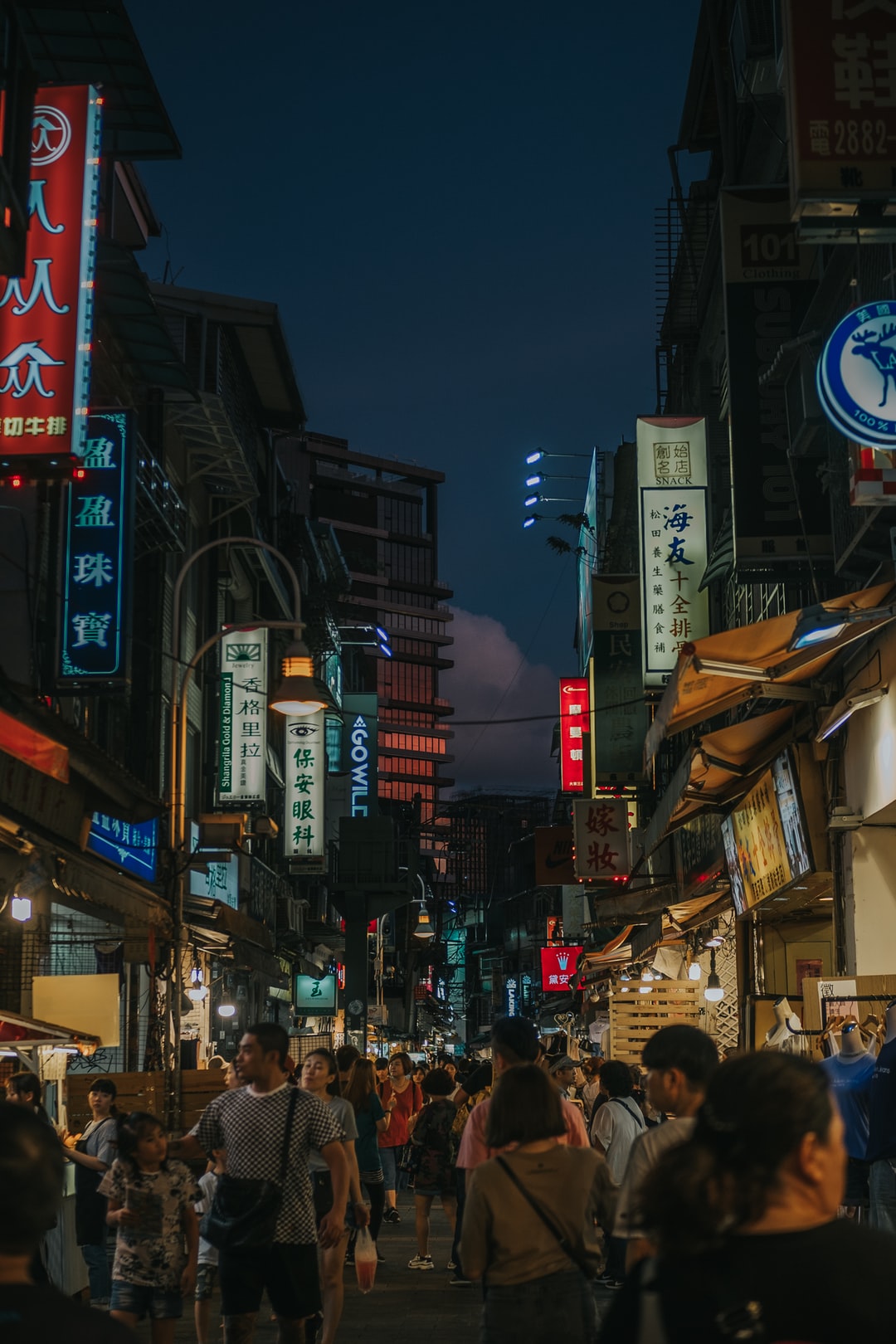
There are various night markets all over Taipei where you can find clothes, shoes, purses and luggage, a plethora of food and drink choices and souvenirs. Before venturing out we were warned to keep an eye on our wallets but that is par for the course whenever one ventures out the door. I found the market we visited to be safe, lively and diverting — even in December rain. You might have visited the 626 Night Market or the OC Night Market and think you know what to expect but Taipei’s night markets take it to the next level; they more closely resemble shopping districts in downtown Los Angeles in size.
8. Eat
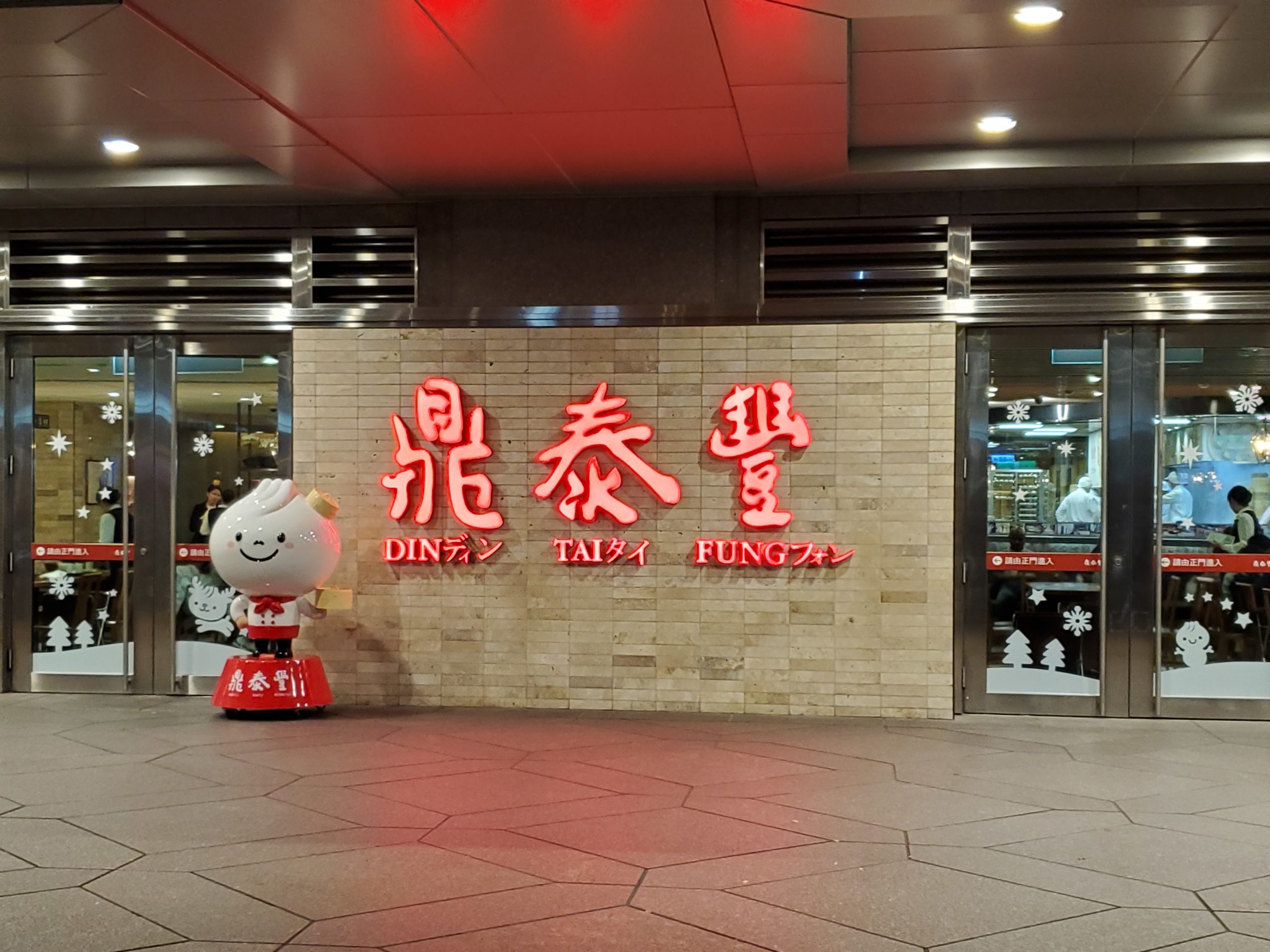
I know this is vague and a foregone conclusion but the cuisine in Taiwan deserves its own number on any list of reasons to visit the country and this comes from a notoriously picky eater whose friends have a list of foods she doesn’t like. I could go on indefinitely about the various dishes we ate — from dumplings at the original Din Tai Fung to a divine green bean dish at Sun Moon Lake and peking duck at the Grand Hotel — but for now I will just say that Taiwan should be on any foodie’s bucket list. If you can’t make the trip to Taiwan then you are in luck because the San Gabriel Valley is home to some great authentic Chinese restaurants.

